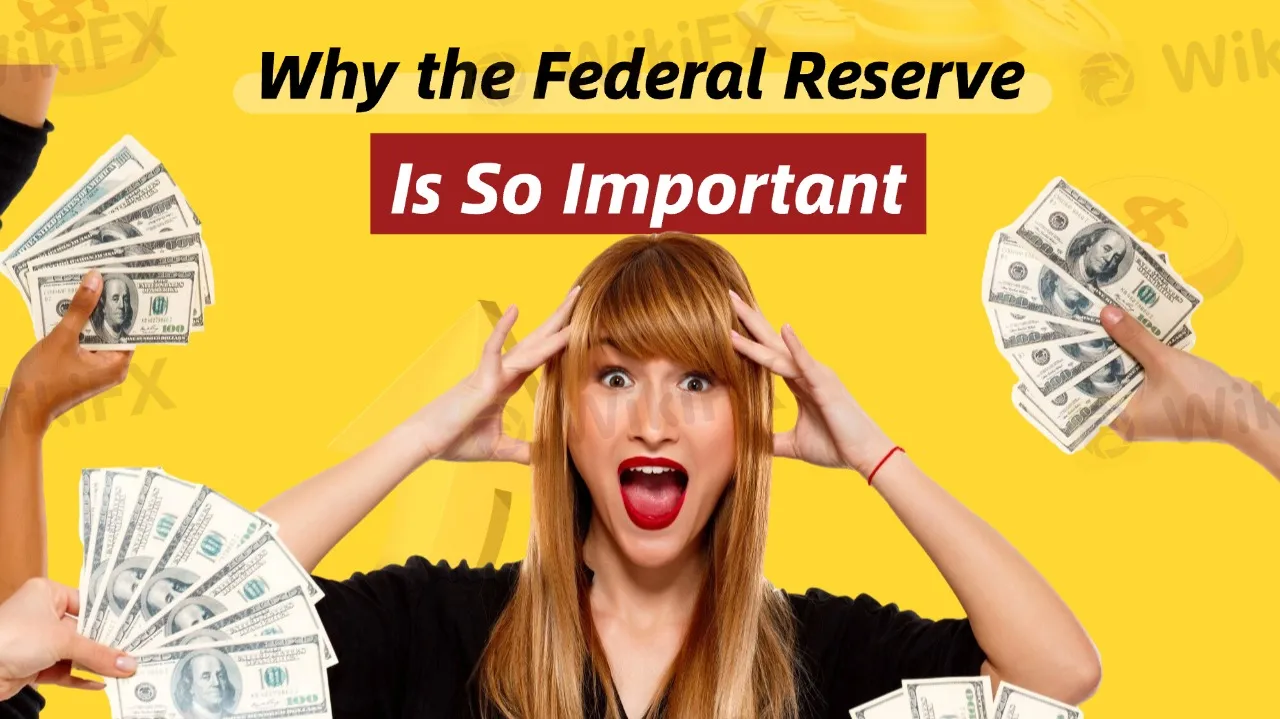Why the Federal Reserve Is So Important
abstrak:The Federal Reserve, since its establishment in 1913, has transformed from a simple monetary stability institution into a core pillar of the U.S. economy. Its policies not only have a profound impact on the domestic economy but also deeply influence global financial markets.

The creation of the Federal Reserve went through several attempts and setbacks in U.S. history. Although the United States had previously tried to establish central banks, such as the First Bank and the Second Bank, these institutions were unable to last due to public concerns over concentrated financial power. It wasn't until 1913, following a severe financial crisis, that the Federal Reserve was founded and given the role of a “lender of last resort” during economic turmoil. The establishment of the Federal Reserve marked the beginning of a new phase for the U.S. economy. It not only became the executor of domestic economic policy but gradually evolved into a key force in global financial stability.
Why was the Federal Reserve needed?
During the periods without a central bank, the United States faced numerous severe financial crises. One of the most notable crises occurred in 1907, when a liquidity crisis led to bank runs, causing many banks to collapse due to their inability to meet deposit withdrawals.
The lack of a central institution to provide liquidity support caused such banking crises to recur frequently. The creation of the Federal Reserve effectively alleviated these problems, particularly under the gold standard, by regulating the money supply to maintain monetary stability. It gradually became an indispensable part of the U.S. economy.
The Federal Reserve's role is not just to implement monetary policy; it also has to balance the interests of various stakeholders, including the general public, the government, and financial capital. The Federal Reserve is committed to achieving price stability and maximum employment, typically by adjusting interest rates and the money supply to address inflation and unemployment.
However, the adjustment of monetary policy is often subject to political pressures, as past presidents and financial capital have tried to influence the Federal Reserves decisions. This balance makes the decision-making process complex and challenging, yet it is also the key to maintaining economic stability.
The Federal Reserve has demonstrated its ability to tackle significant challenges during economic crises. During the 2008 financial crisis, the Federal Reserve implemented an unprecedented series of rescue measures, including large-scale interest rate cuts and quantitative easing, to prevent the collapse of the financial system.
In 2020, following the outbreak of the COVID-19 pandemic, the Federal Reserve once again responded rapidly, providing necessary support to the economy through interest rate cuts and quantitative easing. These emergency measures helped the U.S. economy recover quickly, but they also led to rising fiscal deficits and debt, exposing the risks and challenges the Federal Reserve will face in the future.

Broker ng WikiFX
Exchange Rate

